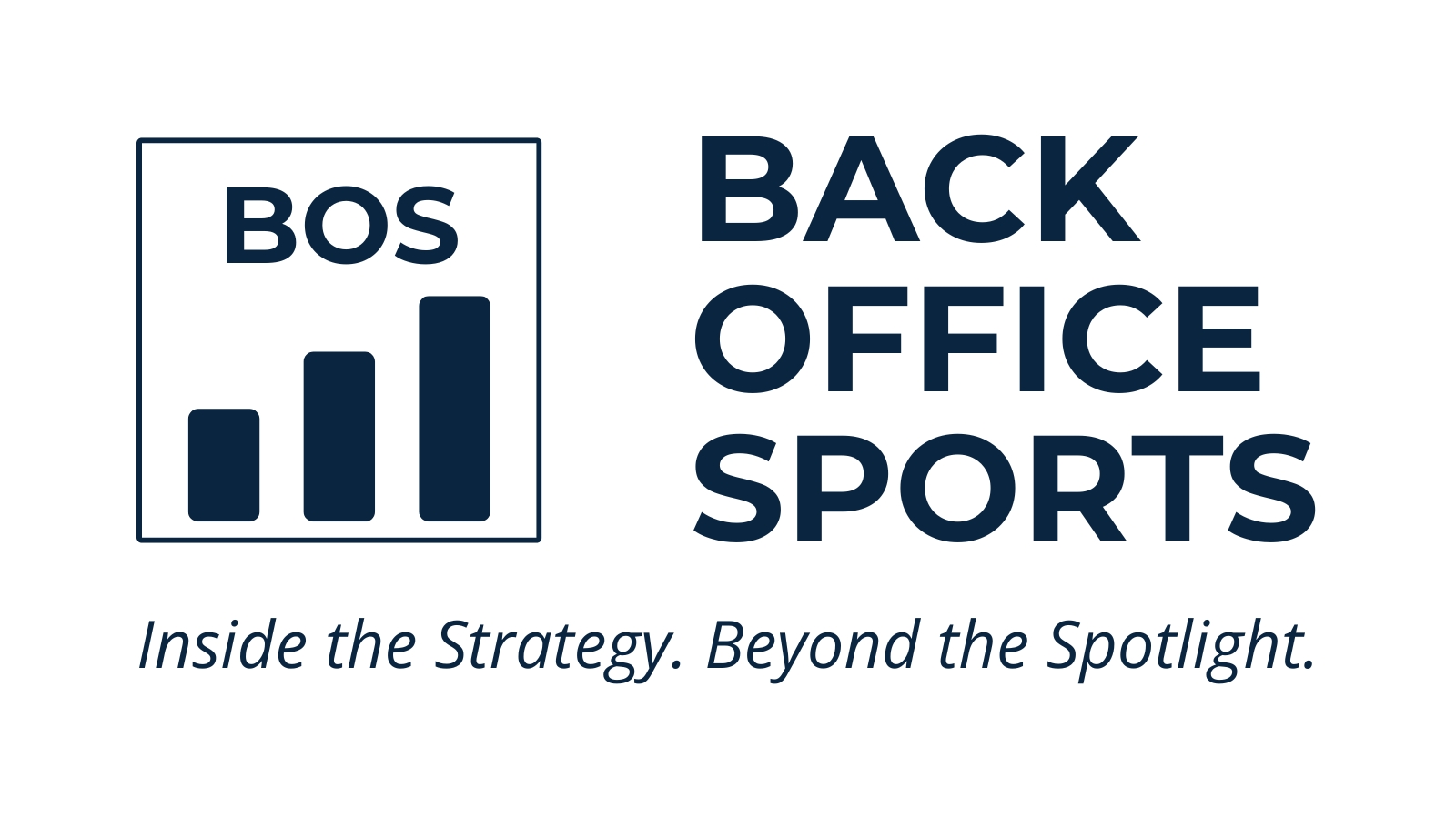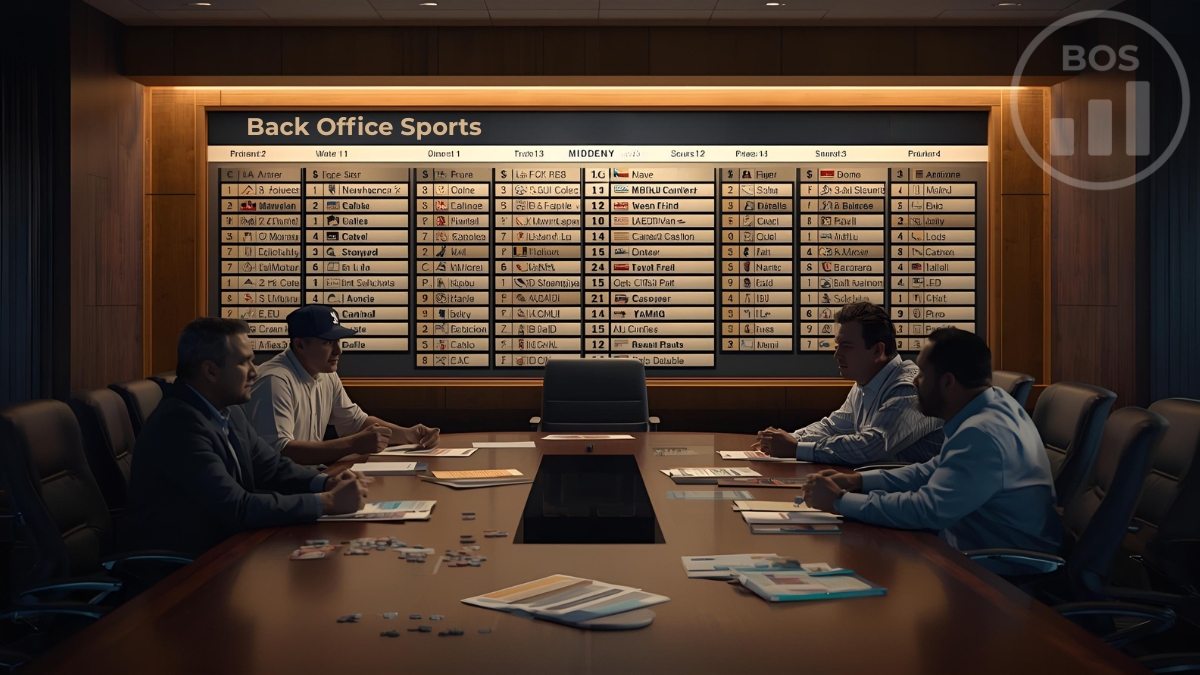

How New NCAA Baseball Scholarship Rules Are Reshaping Recruiting
A New Era for D1 Baseball Scholarships Begins
If you work in college athletics - or have a teenager chasing a roster spot - you can feel the shift coming. The NCAA's new scholarship structure this academic year, is redefining how baseball programs build rosters, allocate dollars, and compete for talent.
Division I baseball now operates with a simple, high-stakes foundation: a 34-player roster cap and up to 34 athletic scholarships, each one eligible to be a full or partial award. That's a 22.3% jump in available scholarships, and it puts more financial support within reach for families who've long shouldered the steep cost of college baseball.
But money is just the start. Need-based aid, academic scholarships, direct athlete payments, stricter NIL oversight, and shifting recruiting timelines all collide here. This is the closest thing college baseball has seen to a modern talent marketplace - and athletic departments feel it.
Let's break down what matters most for programs, athletes, and the people running the show behind the scenes.
What Actually Changed with the 34-Scholarship Rule
Beginning this season, 2025-26, Division I baseball coaches can award 34 scholarships for 34 roster spots. Every athlete can receive a full ride or a slice of one.
Key realities:
-
This doesn't mean 34 full rides. Baseball remains an equivalency sport. Coaches typically divide awards across the roster.
-
Programs are not required to fund all 34 scholarships. Some D1 schools are not fully funded, meaning they offer fewer scholarships than the rules allow.
-
Private schools with higher tuition may get more competitive. Families can now stack need-based aid and academic scholarships with athletic money, unlocking real financial flexibility.
-
Ivy League and Patriot League schools do not offer athletic scholarships, and Division III programs follow the same model - academic and need-based aid only.
-
Full-ride scholarships will continue to be rare. Strong baseball offers usually fall between 25% and 75% of tuition, room, and board, depending on roster needs and program resources.
This shift makes scholarship math more transparent for families and boosts programs with deeper pockets or stronger institutional aid.
The New Recruiting Reality for D1 Baseball
College baseball already recruits younger than most sports - sophomore-year verbal commitments are common at top programs. The new scholarship model won't slow that down.
Here's what prospects must know:
-
Roster limit: 34 athletes. Everyone on the roster is eligible for scholarship money.
-
Academic requirement: minimum 2.3 GPA on a 4.0 scale.
-
Eligibility Center registration is mandatory for anyone planning to play D1 or D2.
-
The NCAA recommends starting the Eligibility Center process after sophomore year.
With scholarship dollars more flexible and rosters tighter, staff evaluations will intensify. Programs will try to lock in high-upside talent earlier, while athletes with strong academic profiles may find better offers because their aid can stretch a staff's budget.
The Financial Picture Gets Bigger with Direct Payments & NIL
Scholarships aren't the only dollars on the table.
Direct Athlete Payments
Recently began July 1, 2025, schools can share up to $20.5 million across their student-athletes. Each athletic department sets its own approach, and not all schools will have the resources to participate.
This could widen the gap between large, well-funded programs and smaller departments.
NIL Regulations Evolve
Student-athletes will still monetize their Name, Image, and Likeness, but more oversight and enforcement are coming. Expect:
-
tighter guardrails on deals
-
clearer reporting requirements
-
more defined school involvement
For baseball specifically, the biggest winners will be programs that blend aid, NIL opportunities, and player development into one compelling package.
What Athletes and Families Should Do Now Checklist
Essential Steps for Navigating NCAA Baseball Scholarships
1. Start the NCAA Eligibility Center process early
After sophomore year, begin registering and tracking required coursework.
2. Track GPA from day one
A 2.3 is the minimum - but higher grades unlock more academic aid, which matters under the new stackable model.
3. Ask programs whether they are fully funded
Don't assume a school offers the full 34 scholarships.
4. Evaluate total financial fit - not just the baseball number
Consider tuition, academic aid, need-based aid, and potential NIL opportunities.
5. Clarify roster expectations
With only 34 spots, depth charts and development timelines matter more than ever.
6. Expect one-year scholarship renewals
Multi-year agreements are allowed, but still uncommon in baseball.
What This Means for Programs and Athletic Departments
How the Scholarship Model Reshapes Strategy
-
More data-driven recruiting: Roster caps tighten evaluation cycles.
-
Bigger role for admissions and financial aid offices: Aid stacking becomes a competitive weapon.
-
Greater pressure on fundraising: Schools that want all 34 scholarships funded need sustainable resources.
-
Rising value of academic profiles: A high-achieving student-athlete stretches staff budgets.
Baseball may not generate the revenue of football or basketball, but this rule change places baseball directly into the financial planning conversations athletic departments navigate every year.
The New College Baseball Marketplace Is Here
How Players and Programs Can Stay Ahead
The NCAA's 2025 changes don't simply adjust scholarship math - they reshape the incentives, timelines, and financial pathways that influence every Division I baseball decision. Programs with strategic planning, strong institutional support, and clear communication will thrive. Families who understand the new structure will make better long-term choices.
To keep tracking the business forces shaping the college game - and every boardroom story behind the sports we love. Join the conversation at Back Office Sports and explore more at backofficesports.com.